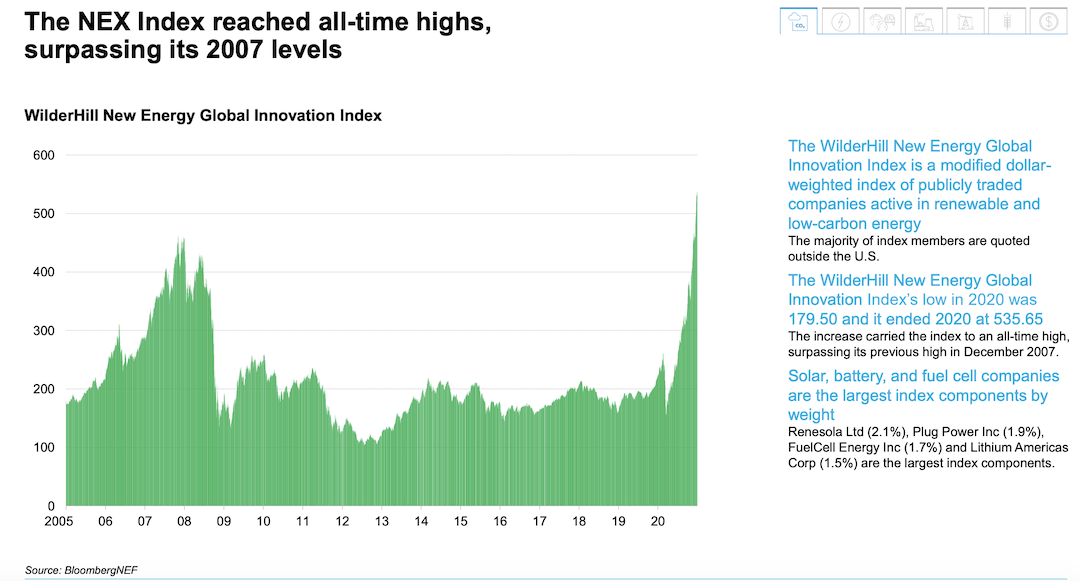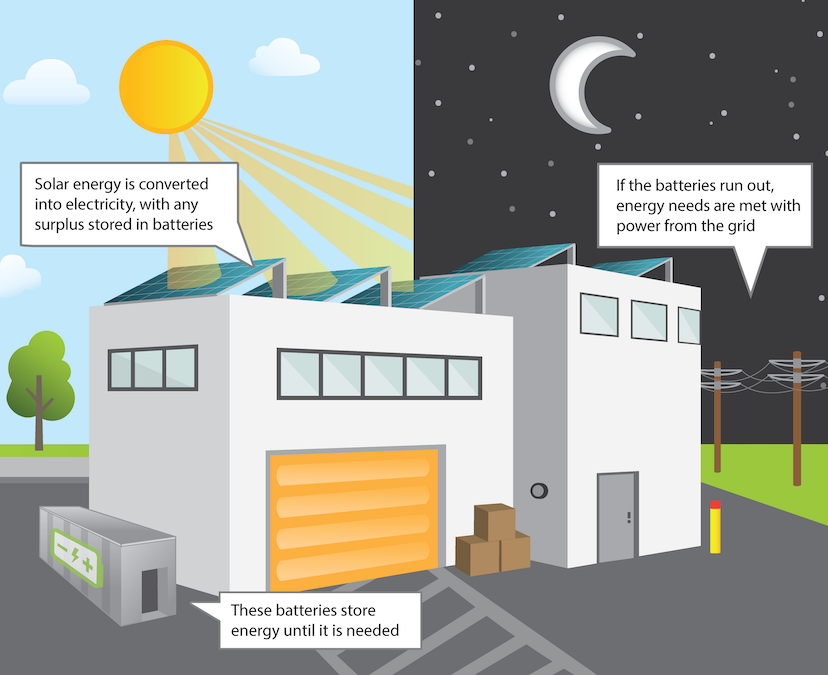Climate Tech Guide Part 1
Why Care?
An increase of just 2ºC in the world's temperature will account for 8% less vertebrae, 16% less in plants, and 18% less in insects. A global food crisis could occur!
And we are not that far from a 2ºC increase right now. The world has 10 years to halve global greenhouse gas emissions before we reach 1.5ºC. In fact we are pumping 37 gigatons of GHGs (greenhouse gases) into the atmosphere right now, increasing at ~2% yearly. This is like using our atmosphere as an open sewer! Without change, we will consume our carbon budget in the next 10-15 years. Thus, we need to be net zero emissions by 2030, in order to give us a 66% chance of limiting the global temperature rise of 2ºC.
To make sense of these numbers, I'll explain what hit hard for me - the huge correlation between income per person and energy consumption.
40% of all emissions are created by the top 16% by wealth. However, the world's poor, who are doing very little to contribute to these emissions, will suffer the most. Droughts and floods will wipe out harvests. Livestock will eat less, pests will flourish, water will disappear, coral reefs will disappear too, plants will die, polar ice caps will melt. Prices on food could rise by 20%. For those who spend 1/2 of their income on food, this could make or break their children's lives!
The result is a gap between the rich and the poor that will widen more and more. (Climate change is not the only instigator of course, but that's for another day...)
I care deeply about social mobility because my parents are immigrants. So the question remains: how can one move up the social mobility ladder without contributing more to climate change and destroying our world?
Framework for Understanding Climate Tech
Energy
Electricity and heat generation accounts for around 1/3 of global GHG's. Figure out ways to more sustainably generate energy (electrification, offshore wind, solar, etc.), build efficient grids, and store energy in batteries.
Examples: Oxford Photovoltaics and Fenix Intl
Agriculture
If you 2x the population, you need MUCH MORE than 2x the food to feed them. The global population is expected to grow by 25% by 2050. How can we support a growing population without increasing emissions? Innovation will come in the food retail logistics chain, earth and marine protection, deforestation prevention, low GHG fertilizers, less land intensive farming practices, and food alternatives.
Examples: Beyond Meat
Manufacturing
Sustainable manufacturing practices for materials such as cement or steel need to be innovated. Figure out how to reduce carbon emissions (carbon capture) from these practices and produce things such as low GHG iron, steel, plastics, etc.
Examples: Climeworks
Transportation
This accounts for around 1/4 global GHG and has grown the fastest, with an increase of 71% since 1990. Look into electric vehicles, micro-mobility, and other mobility options with more efficient fuel. Consider more efficient urban design.
Examples: Ofo
Buildings
Causes 39% of global GHGs (buildings and construction). Incredibly important regarding adaptation and preparation for natural disasters. Create infrastructure that is more climate tolerant and build better neighborhoods to protect from storms such as insulated buildings, those that absorb CO2, high efficiency cooling and heating, etc. Help people respond to emergencies faster.
Examples: NODE and Biokable
Data
How can we make better decisions for any of these technologies without data on what will actually work, and be worth the cost? Without actually trial testing it on our atmosphere? Data will help drive regulatory change as well. We need more low GHG satellites and sensors.
Examples: Planet Labs
What Went Wrong Before
In the early 2000s, energy prices were rising and many were concerned about emissions, leading to a push to look into climate/cleantech. By 2008, VCs were putting $4 billion in annually. They tended to favor technical projects involving material or fuel innovation. However, they heavily misunderstood the hurdles from a scientific, regulatory, and financial perspective.
Then, the bubble burst. Returns were obviously low and many technologies ended up disappearing because investors didn't fully understand how long it would take and how much capital was required to achieve "VC returns". A famous company called Solyndra, specializing in solar manufacturing, collapsed and this truly marked the end of this bubble.

rip
The obstacles that occurred over 10 years ago still remains today but one would hope that we've learned something from it. Just because a company is solving a social impact problem doesn't mean that it doesn't need to justify the costs going in and provide returns as well. This space isn't about free philanthropy, each firm needs a competitive edge. With a better risk and reward understanding and also understanding of a much longer investing timeline, perhaps we can be better armed from now on to help these companies succeed. Thankfully, we are now seeing some green trends become very popular such as electric vehicles (TSLA), sustainable consumerism (Allbirds), and meat alternatives (Beyond Meat).

Today's Obstacles
High Dependence on Policy Support
Green enterprises are highly dependent on regulatory regimes. Election cycles change faster than it takes for proper technology in this space to develop, misaligning incentives. Regulations are also usually incomplete, unclear, and inconsistent. Subsidies, tariffs, building codes, etc. are needed. For example, in Kenya, their feed-in-tariff drove much renewable energy development.
In Part 2, I'll talk about progress in this area!
Huge Upfront Costs and Long Gestation Periods Before Profitability
Green companies launch frequently but few make it to commercialization and profitability. Usually growth rates are <10% after the initial 4-5 years of operation because R&D takes that long. Profitability is probably achievable beyond 6-10 years in, closer to 15 years. Upfront capital requirements are absolutely huge and thus expectations need to be properly set regarding when and what returns are expected. Because these technologies are so capital intensive, alternative sources of funding besides VC need to be explored.
Need for Innovative Sources of Financing
There needs to be forms of financing other than VC (because you really cannot compare these climate tech companies to high growth software companies) and government subsidies.
Some other green financing instruments that have been explored such as the World Bank Group's climate venture facilities that targeted early-stage green companies with patient financing <$1 million, growth-stage debt and working capital facilities to provide lower-cost operating and expansion capital, and new instruments to mitigate local currency and interest rate risk especially in developing countries.
Strategic partnerships can also be established e.g. Nova Lumos partnered with MTN (Nigeria's biggest telecom provider) to enable all MTN customers to subscribe to alternative electricity on demand.
Crowdfunding can be explored as crowdfunding allows for participation in smaller increments and general consumer promotion of awareness. e.g. Ecologico Investments and Trine are both crowdlending platforms offering opportunities to finance decarbonization projects in developing economies.
Need for Market Awareness and De-Risking
Consumers and investors are just not aware enough about the importance of climate tech compared to other highly regulated areas such as healthcare, education, financial services, etc. Thankfully, things are getting better with companies such as Tesla and Impossible Foods, and even the rise of digital payments is helpful in reducing emissions, but there is still so much work to do. While awareness alone is not enough, it is an incredibly important catalyst to motivate private companies to try harder to solve our climate change problems and the higher up people such as the government to impose better regulations.
Demand for Reliability and Large Storage Costs
From a technical and preference standpoint, we need reliable sources of energy, because if our lights went out for 2-3 random hours every day, every single one of us would be complaining even if we were slowly saving the planet. Unfortunately, at this moment, alternative sources of energy such as solar, offshore wind, etc. are very intermittent. They can't provide this constant 24/7 flow that fossil fuels can, and they're currently much more expensive.

So then why not store it? Well, it usually costs triple to store just solar energy, and don't even get into storing other forms of energy. Battery technology is just not there yet but hopefully one day will be to provide reliable energy, and just as important, will be at an affordable cost.